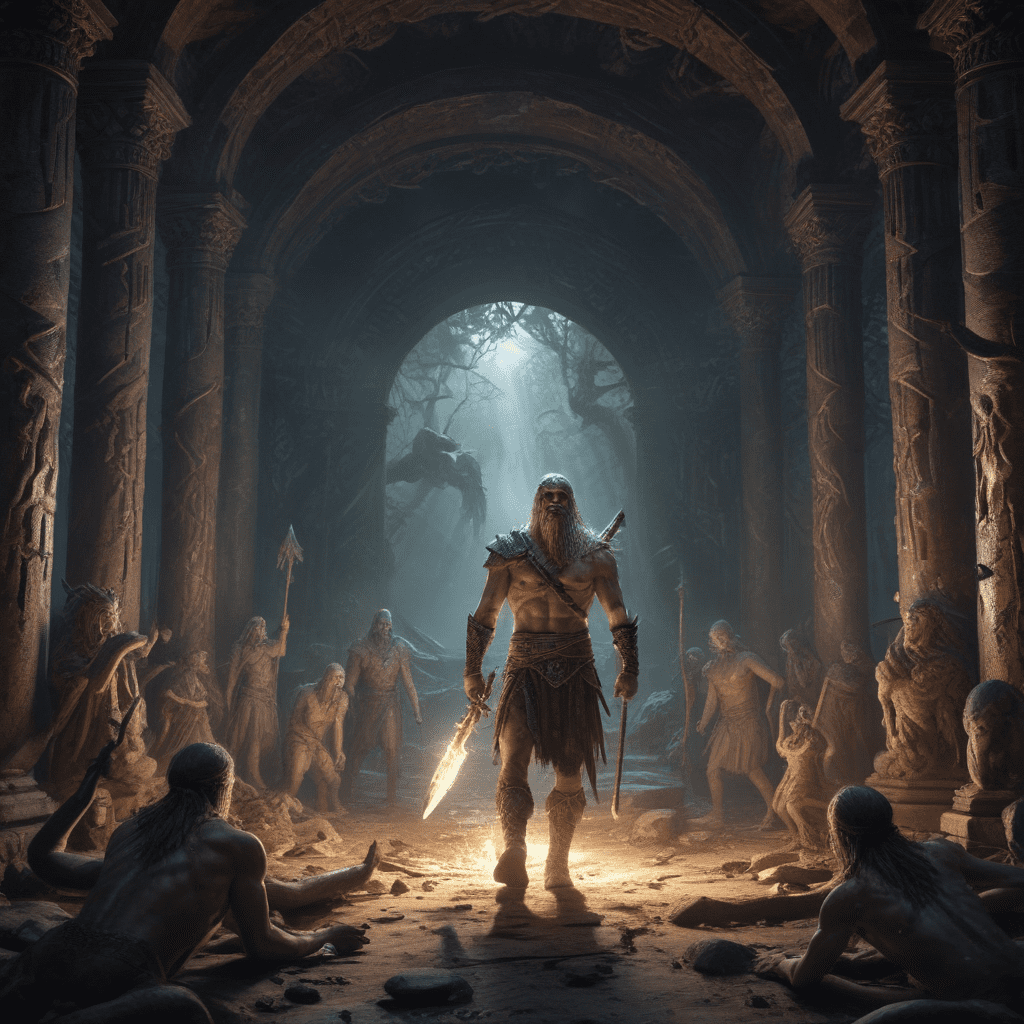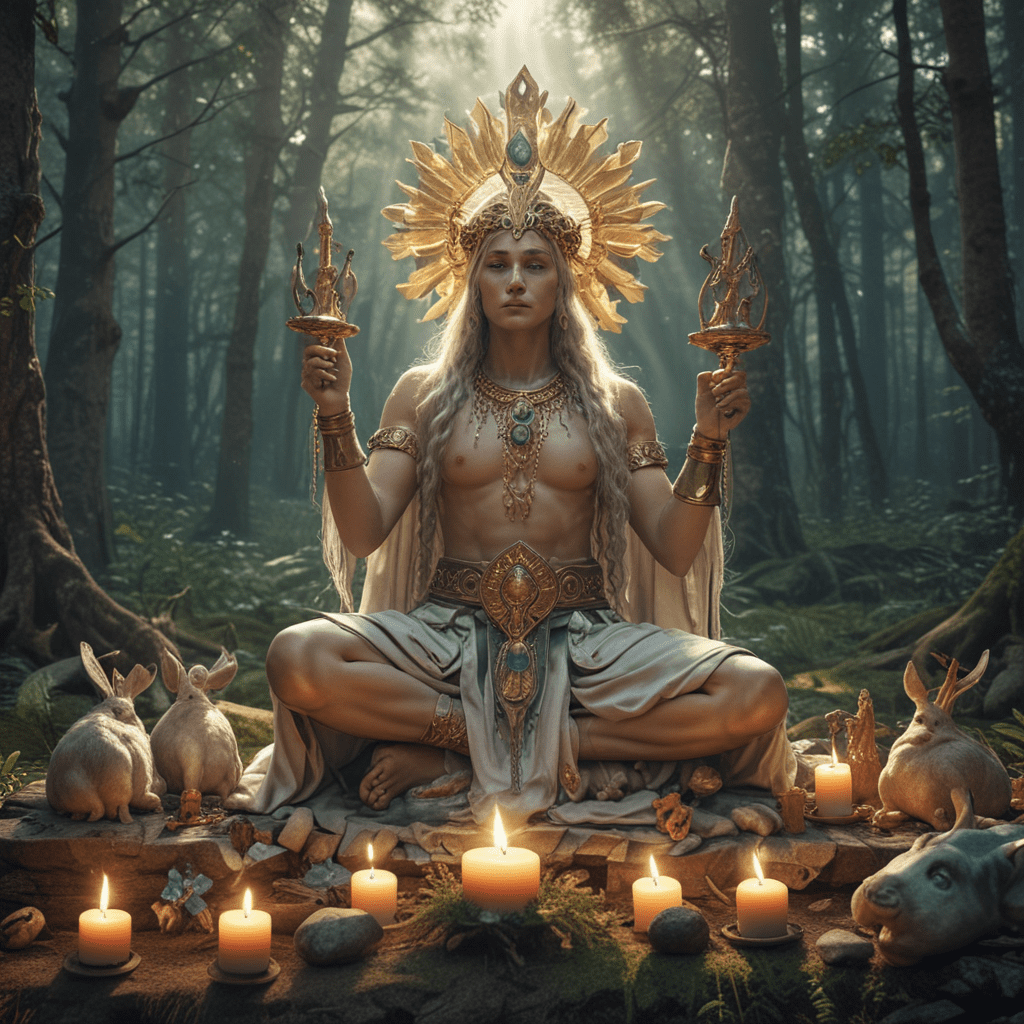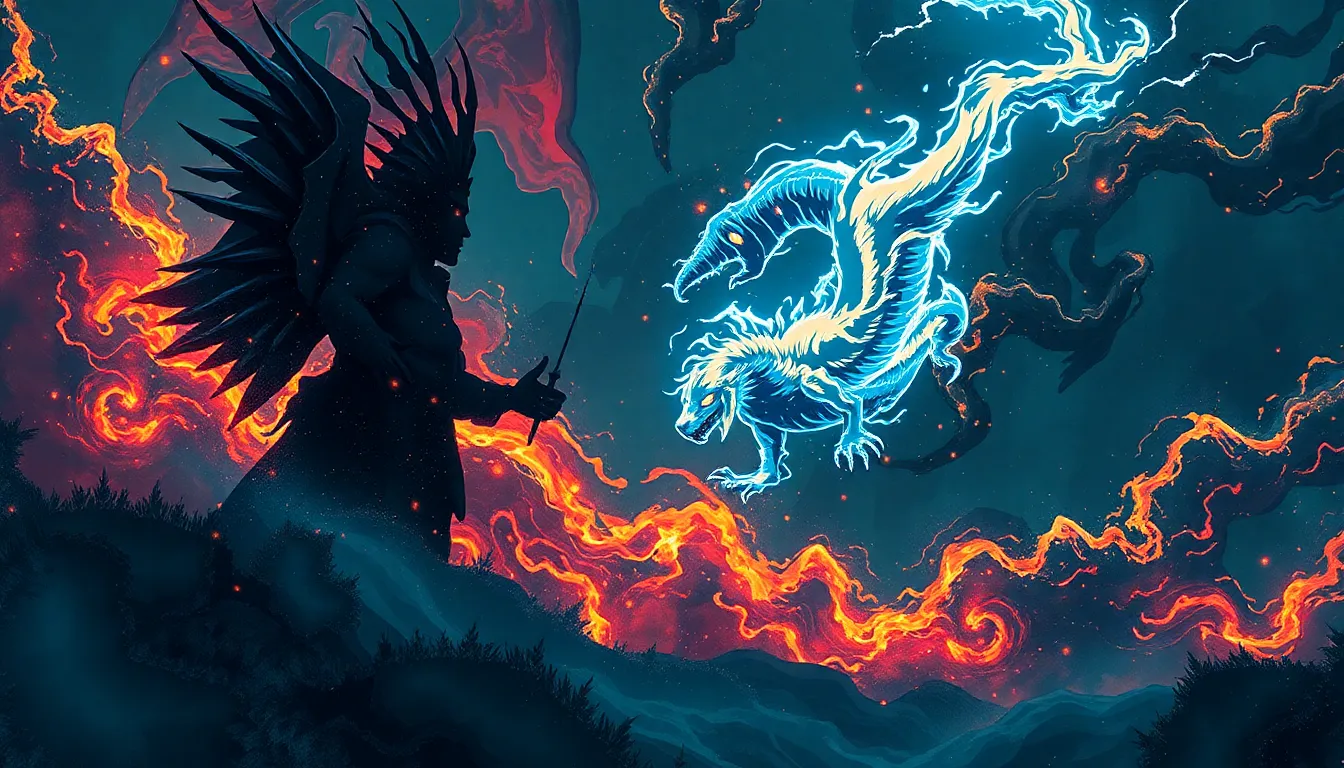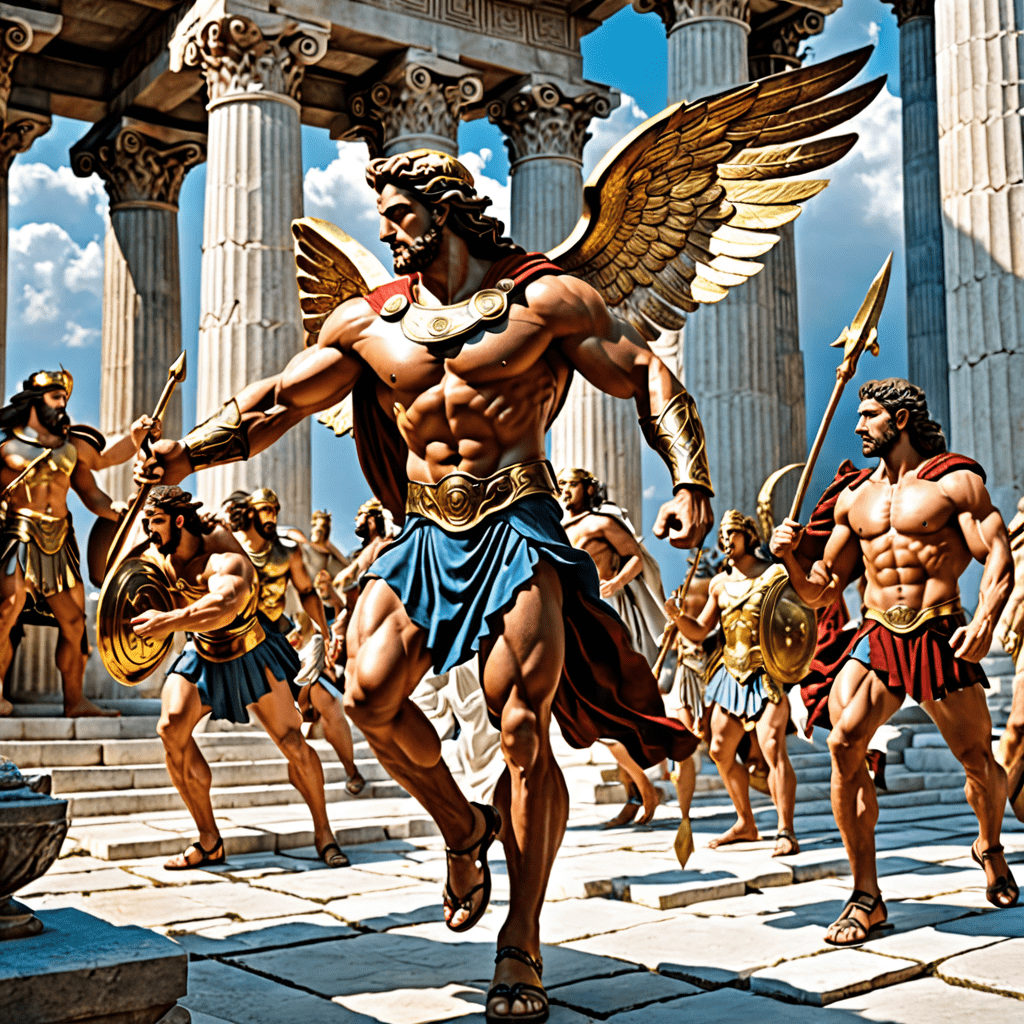Slavic Mythology: Legends of the Underworld
I. Introduction
Slavic mythology, rich in captivating tales, holds a profound belief in the existence of an underworld, a realm beyond the mortal world. As Slavic folklore delves into the mysteries of the afterlife, it unveils a complex and dualistic underworld, where contrasting realms and deities shape the destinies of the departed.
II. The Duality of the Slavic Underworld
The Slavic underworld is not a single, monolithic entity. Instead, it is divided into two distinct realms: Nav and Peklo. These realms represent contrasting aspects of the afterlife, reflecting the Slavic worldview's duality of good and evil, light and darkness.
III. The Nav Realm
A. Description
The Nav Realm, also known as the "World of the Dead," is the realm of ancestors and nature spirits. It is a mystical and ancient realm, where the boundaries between the living and the dead are blurred. In Slavic mythology, the Nav Realm is often associated with the natural world, forests, and bodies of water.
B. Inhabitants
The Nav Realm is inhabited by a diverse array of beings, including the souls of the departed, spirits of nature, and mythological creatures. Ancestors play a significant role in the Nav Realm, as they are believed to guide and protect the living. Nature spirits, such as the rusalki (water nymphs) and leshy (forest spirits), also dwell in this realm.
C. Deities
The Nav Realm is presided over by several deities, including Kostroma, the goddess of spring, and Veles, the god of the underworld and the dead. These deities are responsible for maintaining the balance and order of the Nav Realm and guiding the souls of the departed.
VI. The River Smorodina
Separating the Nav and Peklo realms lies the treacherous River Smorodina. Its waters are said to be boiling hot and filled with venomous creatures, making it a formidable obstacle for those attempting to cross. The River Smorodina symbolizes the boundary between life and death, good and evil.
VII. The Guardian of the Underworld
At the entrance to the underworld stands a formidable guardian, often depicted as a three-headed dog or a fierce dragon. This guardian is responsible for protecting the realm from unauthorized entry and ensuring that only those who are worthy can pass.
VIII. The Trials of the Underworld
Those who seek to enter the underworld must face a series of trials and challenges. These trials test the strength, courage, and wisdom of the travelers, as they navigate through perilous landscapes, encounter treacherous creatures, and confront their own inner demons.
IX. The Return from the Underworld
Once the trials have been overcome, the traveler may return to the living world, but they are forever changed by their experience in the underworld. They carry with them the knowledge and wisdom gained from their journey, which they can share with others to guide them on their own paths.
X. Conclusion
Slavic mythology's tales of the underworld offer a glimpse into the beliefs and values of the Slavic people. Through these legends, we gain insights into their understanding of the afterlife, the nature of good and evil, and the importance of facing challenges with courage and determination.
FAQs
Q: What is the difference between the Nav and Peklo realms in Slavic mythology?
A: The Nav Realm is the realm of ancestors and nature spirits, representing the balance between life and death. The Peklo Realm is the realm of punishment and suffering, reserved for those who have committed evil deeds in life.
Q: Who is the guardian of the Slavic underworld?
A: The guardian of the Slavic underworld is often depicted as a three-headed dog or a fierce dragon, responsible for protecting the realm from unauthorized entry.
Q: What is the significance of the River Smorodina in Slavic mythology?
A: The River Smorodina symbolizes the boundary between life and death, separating the Nav and Peklo realms. Its treacherous waters and venomous creatures make it a formidable obstacle for those attempting to cross.



